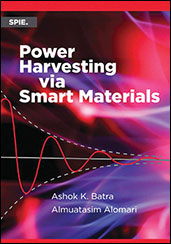Journal Article
Effects of Reflux Temperature and Molarity of Acidic Solution on Chemical Functionalization of Helical Carbon Nanotubes
2017-09-19
Abstract The use of nanomaterials and nanostructures have been revolutionizing the advancements of science and technology in various engineering and medical fields. As an example, Carbon Nanotubes (CNTs) have been extensively used for the improvement of mechanical, thermal, electrical, magnetic, and deteriorative properties of traditional composite materials for applications in high-performance structures. The exceptional materials properties of CNTs (i.e., mechanical, magnetic, thermal, and electrical) have introduced them as promising candidates for reinforcement of traditional composites. Most structural configurations of CNTs provide superior material properties; however, their geometrical shapes can deliver different features and characteristics. As one of the unique geometrical configurations, helical CNTs have a great potential for improvement of mechanical, thermal, and electrical properties of polymeric resin composites.


